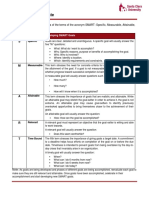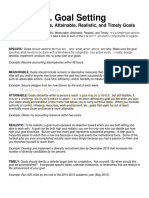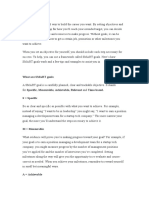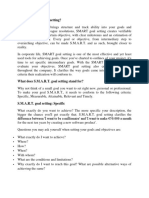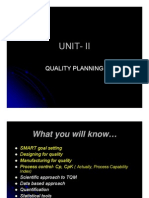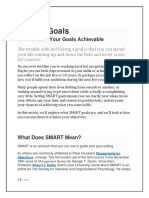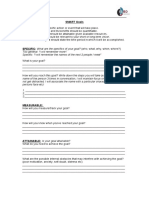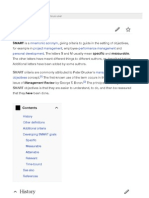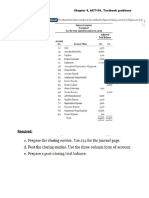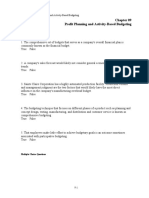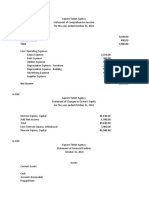0% found this document useful (0 votes)
157 views3 pagesSMART Goals: How To Set Measurable, Achievable Goals: App Doctorate Big Event
The document discusses how to use SMART goals to set meaningful and achievable objectives. It explains that SMART is an acronym that stands for Specific, Measurable, Achievable, Relevant, and Timed. These criteria can help make goals concrete and give a clear path to completion. The document provides examples for how to apply each letter of the SMART framework to goals. It also discusses how the Airtable platform can help users organize their SMART goals, track progress, and share objectives with others.
Uploaded by
Luminita GiucaCopyright
© © All Rights Reserved
We take content rights seriously. If you suspect this is your content, claim it here.
Available Formats
Download as DOCX, PDF, TXT or read online on Scribd
0% found this document useful (0 votes)
157 views3 pagesSMART Goals: How To Set Measurable, Achievable Goals: App Doctorate Big Event
The document discusses how to use SMART goals to set meaningful and achievable objectives. It explains that SMART is an acronym that stands for Specific, Measurable, Achievable, Relevant, and Timed. These criteria can help make goals concrete and give a clear path to completion. The document provides examples for how to apply each letter of the SMART framework to goals. It also discusses how the Airtable platform can help users organize their SMART goals, track progress, and share objectives with others.
Uploaded by
Luminita GiucaCopyright
© © All Rights Reserved
We take content rights seriously. If you suspect this is your content, claim it here.
Available Formats
Download as DOCX, PDF, TXT or read online on Scribd
/ 3














